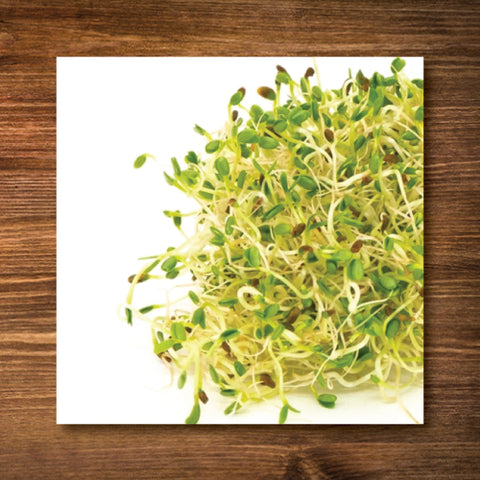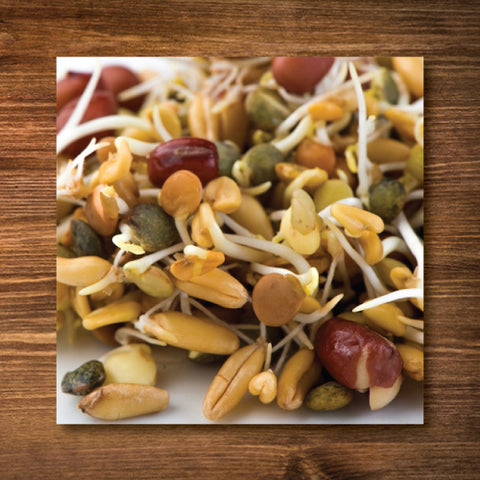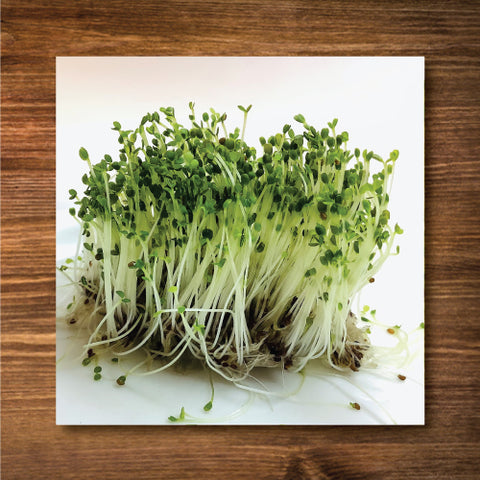Seeds - Popping Sorghum ‘Allu Jola’ OG (F)
$4.99
This item may be out of season or currently out of stock. Please check back.
Description: Fruition says, "If you’ve never tasted popped sorghum, imagine the richest, most nutty popcorn you’ve ever tasted, melting in your mouth even as you crunch…our entire team lost our minds this fall with this delectable revelation! The popped grains are about as large as a grain of classic popcorn, easier to grow and thresh compared to popcorn as well as more abundant and earlier to mature.
Hailed as the most pop-able sorghum, this sorghum strain is beloved in India where it is also ground and cooked whole. A ‘dry’ sorghum not ideal for syrup, we love to trellis pole beans on this sorghum, before we harvest the large, gorgeous seedheads. Even as a dramatic ornamental, this sorghum holds its own! We are grateful for the Experimental Farm Network for sharing this incredible seed with us all."
Pack Size: 200 seeds
Latin Name: Sorghum bicolor
Main Uses: Vegetable
Days to Maturity: 90 - 100 days
Exposure: Full sun
Certified Organic: USDA Certified Organic
Germination: 71 days at 24ºC. Requires warm soil - so plant in early June for zone 3.
Starting indoors: Not suited to starting in pots indoors.
Outdoors: Direct-seed in early June, once the soil has warmed and there is no chance of frost. Seeds may rot if the soil temperature is too low.
Planting Depth: 1/2".
Spacing: Sow seeds 4” apart and thin to 12” apart when plants are 3” tall.
Planting out: Plant in well-drained fertile soil after all danger of frost has passed.
Growing in Containers: May be grown in larger planters, such as half barrels and raised beds, provided you direct seed to the growing location.
Fertilizing (Containers): Requires rich soil and regular application of a higher-nitrogen organic fertilizer, such as fish emulsion.
Watering (Containers): Requires regular, deep watering at the base of the stalks.
Growing in Mixed Planters: Not suited for mixed planters.
Fertilizing (Garden): Plant in a garden bed recently amended with quality compost. Feed weekly with a higher nitrogen organic fertilizer. Sorghum is a heavy feeder and requires rich, fertile soil and benefits from the addition of good quality compost such as Sea Soil. Rotate legumes with sorghum each year to help meet nutrient needs.
Watering (Garden): Water young plants regularly to establish, then water deeply as conditions require.
Garden Companions: Try planting lettuce in between rows of sorghum - the sorghum will provide the lettuce with some shelter from the heat and sun.
Pest/Disease Issues: To prevent rust, water early in the day and avoid getting water on the plants. Allow for sufficient air circulation by following the recommendations for plant spacing.
Harvesting: Harvest in fall once the seedheads have turned a golden-brown, plants have started drying down and the seeds are firm if squished between fingernails.
Suitability for Indoors: Not suited for indoors.




